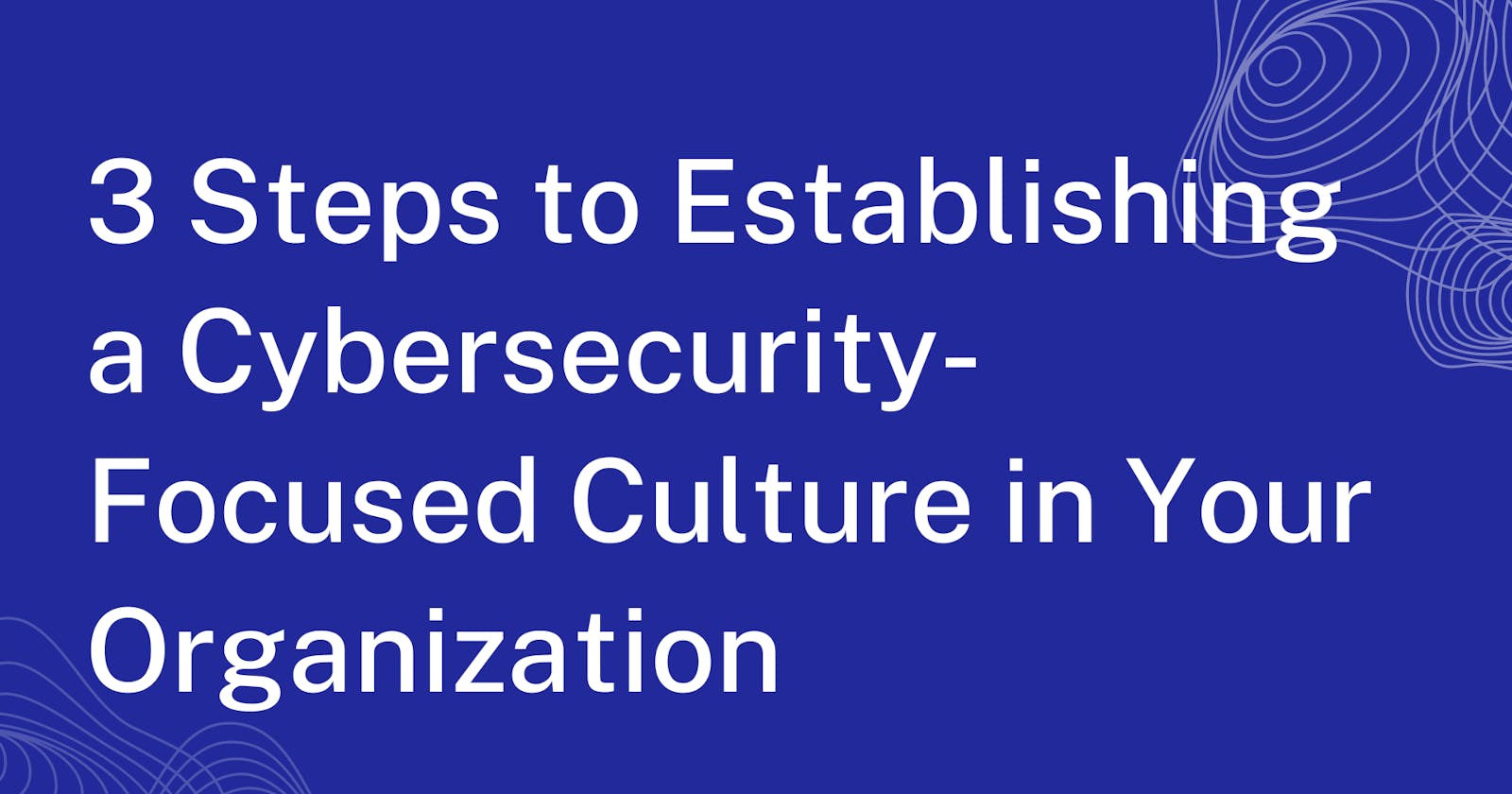3 Steps to Establishing a Cybersecurity-Focused Culture in Your Organization
Building a strong cybersecurity strategy is crucial for organizations as a security breach can affect their finances and damage their reputation with customers and partners. However, some organizations need to be more informed that taking basic steps such as changing passwords and updating software is sufficient to ensure cybersecurity.
In reality, a comprehensive security approach must be integrated at every level of the organization to protect data.

Source: Data Breach Investigations Report
The threat landscape constantly evolves, with data breaches increasing compared to the previous year and malicious attackers finding new ways to access sensitive information. The rise in data breach costs adds to the challenge, with 82%. of breaches involving the Human Element.
In addition, the shift towards hybrid and remote work environments has made implementing effective cybersecurity solutions more complex but also more necessary. To address this, organizations should start by making cybersecurity a core part of their company culture and ensuring that employees know the risks and how to mitigate them.
Establishing a cybersecurity-focused culture can be complex, but it can be simplified into three critical steps.
Security awareness training for employees: To adopt a cybersecurity-first mindset, organizations must provide their security team with essential training that breaks down potential threats and enables them to identify warning signs. The training should be engaging and interactive to ensure the retention of information. Organizations should also ensure that security training is ongoing and regularly updated as security threats evolve.
This training can be integrated into onboarding to ensure all employees receive it before starting work. Organizations can use methods such as phishing tests, interactive simulations, and engaging video content to provide adequate security awareness training. Additionally, obtaining compliance certifications like SOC 2 requires proof of employee completion of security awareness training. Organizations must experiment with different training methods to find what works best for their employees and regularly solicit feedback for continuous improvement.
Establishing Accountability for Cybersecurity: To ensure a cybersecurity-focused culture, it's crucial to establish accountability throughout the organization. While everyone is responsible for keeping the company safe, each interaction presents a potential risk. As companies grow, these risks also escalate, making it essential to ensure that employees understand that cybersecurity is a shared responsibility at all levels.
It's alarming that 54% of successful phishing attacks include customer or client data breaches. One person's mistake can pose a significant risk. However, educating employees about what to look for and how to evaluate and identify potential business risks can help stop these attacks. Communication platforms like Slack can be used to encourage real-time information sharing when employees receive suspicious emails, and everyone should read and fully understand the company's security policies.
To be effective, thinking fast but moving slowly regarding cybersecurity is crucial. While early-stage companies are typically fast-paced, security requires a pause and a moment to think. Although this approach may seem counterintuitive, promoting it can lead to long-term benefits.
Making Cybersecurity a Core Value: Importance of Prioritizing Data Protection: For any company that manages confidential data, cybersecurity should be a fundamental part of its values. While integrity and fortitude are essential, they should also apply to how the company manages data and approaches cybersecurity.
This is especially true for cloud-based companies that face new and evolving threats daily. In today's fast-paced business environment, companies must work quickly and recognize that security threats evolve just as rapidly. Data is one of the most valuable assets businesses have today, meaning keeping it safe must be a foundational element of their operations.
To prioritize cybersecurity, companies must integrate it into their core values and culture. By doing so, they can establish a cybersecurity-focused mindset encompassing every aspect of their business, from employee training to product development. This proactive approach can help mitigate potential risks and protect the organization from cyber threats.
The Cybersecurity Opportunity: Establishing a Culture of Security for Future Success
Developing a cybersecurity-first culture may seem daunting, but it presents a significant opportunity for companies, especially those just starting. By setting cybersecurity standards early and incorporating security awareness into their culture, organizations can position themselves for future success.
Regardless of a company's size, security must be a fundamental and active part of its culture. Establishing and maintaining a strong security posture requires continuous education and buy-in from all employees. Organizations can achieve this by emphasizing the importance of cybersecurity and providing resources for employees to educate themselves.
It's important to remember that a single slip-up can cause significant damage to an organization's bottom line, its reputation, and the trust it has built with partners, customers, and clients. Therefore, every employee must be equipped with the tools and methods to defend against today's cyber threats. Cybersecurity practices are an essential aspect of any compliance program, serving as a critical proof layer and helping to keep valuable data out of the hands of attackers.

